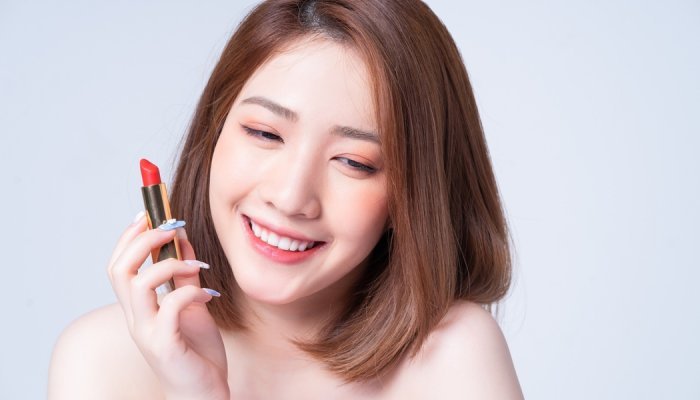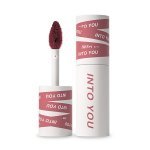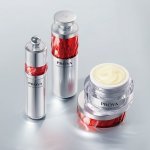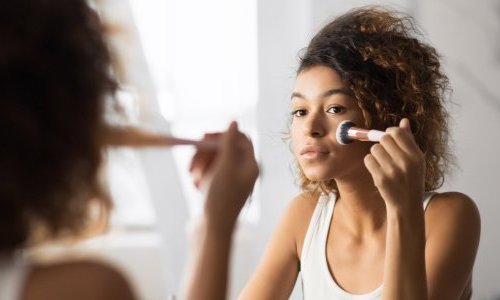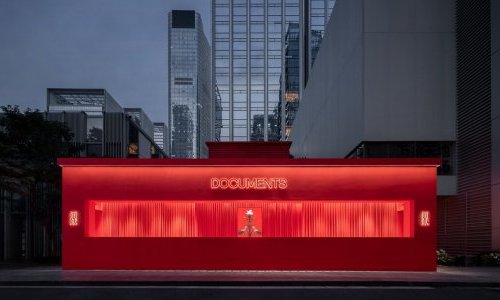“When it comes to beauty, Chinese consumers are increasingly turning to local brands. The growing nationalism of society and the pride vis-à-vis made in China goods only partly explain this phenomenon, which is also fuelled by the increase in the quality delivered by local brands”, explains Anne-Cécile Guillemot , co-founder and Consumer Insight Director of the social intelligence agency Dynvibe at Premium Beauty News.
In statistics, international brands continue to dominate the Chinese cosmetics market, especially in the premium and luxury segments. Today, four of the top five cosmetics brands sold in China still come from overseas, but international dominance is less clear in the top 10, which has recently entered several local players. However, most Chinese brands remain focused on the mid-range and low-end segments.
To bridge the technological gap that still separates them from the best international standards, Chinese brands are investing massively in R&D and do not hesitate to buy foreign laboratories, such as Yatsen, with Galénic and Eve Lom, or S’ Young International, with Pier Augé and EviDenS de Beauté. With some success, according to a recent note from the Hong Kong Trade Development Council (HKTDC), which assures that the innovation cycle of Chinese cosmetics brands generally takes three to six months, while the R&D time of international brands is more than twice as long!
And that’s not all, according to Anne-Cécile Guillemot. “Chinese brands are offering higher quality formulas in increasingly attractive packaging. But they also have a better understanding of consumer expectations. In the mass market, they now offer quality equivalent to their international competitors with better price positioning,” she underlines.
For the co-founder of Dynvibe, not only do local brands perfectly understand Chinese culture and codes, but they are carefully monitoring trends emerging on social networks. Their agility allows them to respond very quickly to specific expectations and emerging market trends such as high performance skincare, well-being and scientific claims. “We can cite the case of brands like Out of Office or Into You and its now famous Lip Mud,” she says.
Very attentive to their audience, Chinese brands are also very reactive when it comes to responding to international trends such as the blurring of boundaries between the well-being and beauty categories.
“Well-being and mindfulness are a major global trend that is also visible in China, where consumers seek to relieve the stress of their hectic daily lives through skin and body care rituals,” explains Anne-Cécile Guillemot. “Consumers therefore appreciate brands that are able to establish with them a real emotional connection on these subjects.”
For instance, in order to go beyond skincare, Proya has launched campaigns aimed at raising public awareness and encouraging discussion on social issues, in particular the mental health of young people. Users are highly interested in the videos the brand uploads on these topics because they express their frustrations and address issues they don’t dare address in public. The brand also invites medical professionals to discuss youth mental health and provides free online therapy support for those who need to be heard. Young users massively comment on Proya’s publications and seize the opportunity to share their emotions in public. Enough to create strong emotional bonds!

